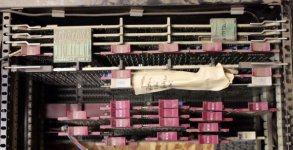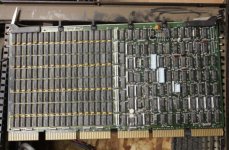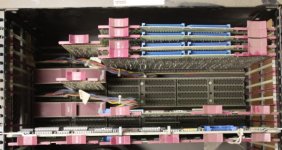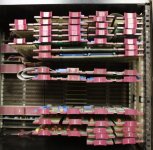I think that I may have just bought a pdp 11/34. I don't know 100%, as we're out of town, but I was the high bidder and it sold for my max bid, so I'm confident that it's mine. It's in a rack and a half, with a dual 8" floppy drive, two or three units full of what I guess are Unibus cards and who knows what else. I'm guessing that the half rack on the right is the power supply.
Next week, I'll have two days to get it off site and there's no way that I can haul it intact, so I'm going to have to take it apart.
What tips do the assembled DEC experts have for me? Things I should watch out for, things to avoid, disassembly tips - all comments are welcome. Heck, I don't even know whether to bring Metric or Standard tools, at this point, so don't hold back for fear of insulting my intelligence. :D
Here's a pic - sorry it's just a screen grab, so you can't make out much detail.
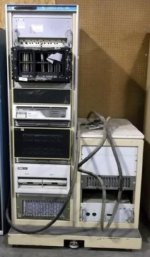
Next week, I'll have two days to get it off site and there's no way that I can haul it intact, so I'm going to have to take it apart.
What tips do the assembled DEC experts have for me? Things I should watch out for, things to avoid, disassembly tips - all comments are welcome. Heck, I don't even know whether to bring Metric or Standard tools, at this point, so don't hold back for fear of insulting my intelligence. :D
Here's a pic - sorry it's just a screen grab, so you can't make out much detail.


